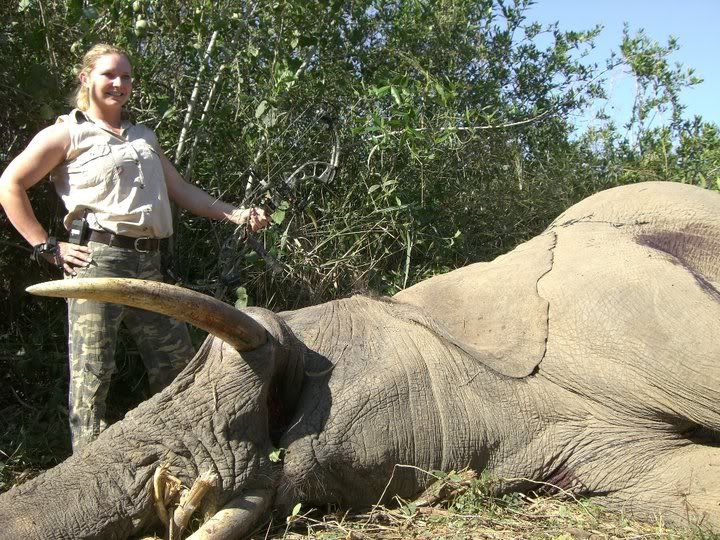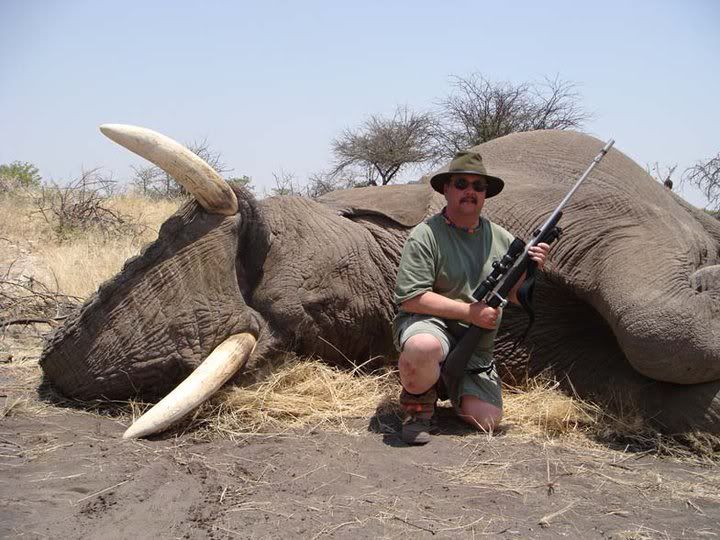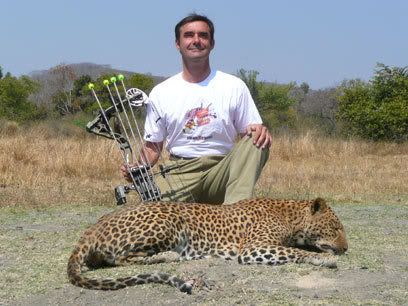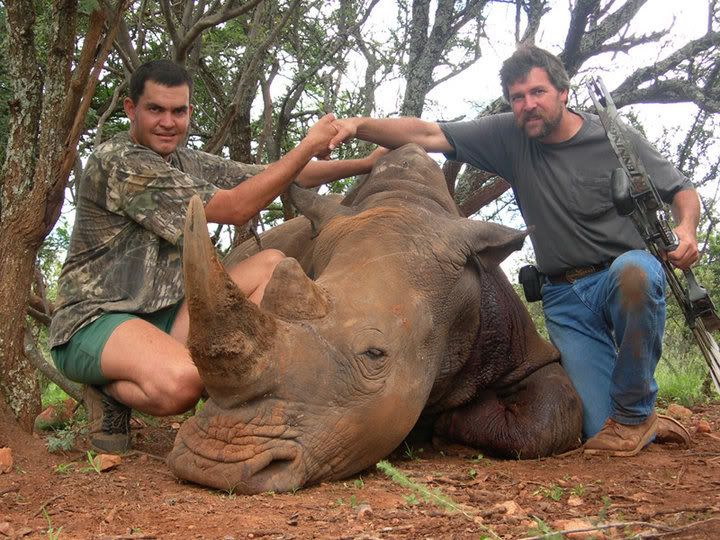
When in the late 90s I was working at the Bandhavgarh and Kanha tiger reserves in Madhya Pradesh, India, I observed a serious weakness in the park system almost right from the start. Not only was this weakness not conducive to wildlife preservation, it was downright destructive.
This weakness became immediately apparent when I came upon the park system of Nepal, which suffered much less poaching and habitat destruction. The only major difference that I could see was the park entrance fee and how it was handled. The entrance fee of a Nepalese national park was about $20 per person per visit, and the proceeds were split 50/50 between government and villagers. The villagers had a stake in the park and its wildlife, and therefore participate in preserving it to perpetuity. In contrast, the entrance fee of Bandhavgarh and Kanha was only about $2 per visitor per visit, and what meagre revenue this generated went all to the government. The villagers therefore consider the park and its wildlife as something to be opposed and exploited and pillaged, and cut down, and poached. The $2 is extra ridiculous considering that the tourists spend $4000 flying there, and $200 per night at a tourist lodge.
I made the recommendation for the Indian park system to adopt the Nepalese policy, and, finally, 12 years later, whether or not due to my input, the change is being made. As of October 2011, the park entrance fee will be 4000 rupees per vehicle, or about $85, to be shared by about 4 tourists, and, hopefully, it is to be shared with the villagers.
And through it all, tiger hunting is forbidden.

Elephant killed with arrows.
Meanwhile, over in Africa, hunting is on the rise. Hunting of the Big 5 (elephant, lion, rhino, leopard and buffalo) is again in vogue, and is offered in Namibia, Botswana, Zimbabwe, Tanzania, Zambia, Mozambique and South Africa.
Here are some typical examples:
- Elephant (30lbs tusks) $ 22,000 - $ 26,000
- Elephant (50lbs tusks) $ 42,000 - $ 46,000
- Elephant (65 - 80lbs tusks) $ 60,000 - $ 70,000
- Elephant (100lbs) POR
- Elephant License Fee: $ 1,500

- Lions: $ 18,000 - $ 45,000
- Lions License Fee: $ 1,000

- White Rhino - Trophy Hunting: $ 55,000 - $ 150,000
- White Rhino - Green Hunt: $ 8,000
- White Rhino License Fee: $ 1,000
- Black Rhino - Trophy Hunting: $ 250,000 - $ 350,000
- Black Rhino - Green Hunt: $ 20,000
- Black Rhino License Fee: $ 1,000

- Leopard Trophy: $ 10,000 to $12,000
- Leopard Pre Baiting: $ 2,500
- Leopard License Fee: $ 1,000

At the same time, Rhino poaching reached epidemic levels, this year alone totaling over 700, which to me also means that legalized hunting does not deter poaching.
Note that Kenya is not among these countries. In fact, hunting has been banned in Kenya since 1977. Unfortunately, human encroachment has skyrocketed. In just one of the many areas adjacent to the Masai Mara Reserve, the number of Masaai villages increased from 44 in 1950 to 368 in 2003, while the number of huts increased from 44 to 2,735, which led to increased human-wildlife conflict. This is exacerbated by Kenya's policy being similar to that of the old Indian system, where wildlife belongs to the state and the villagers have no stake and do not benefit from ecotourism. The resulting hostility combined with the ivory black market led to wide-spread elephant poaching, cutting the elephant population from 150,000 to less than 6,000.
This opens the door to trophy hunters and hunting guide-outfitters to clamor for elephant hunting, claiming that hunting is the best means towards elephant protection, since the revenue from hunting could and would be applied to wildlife conservation. Like the standard pro-hunting argument, this is patently idiotic, though probably intentionally so to suit the equally idiotic I-don't-know-and-I-don't-care sector of the public, who would not check to see the truth.
The truth is that filthy rich American trophy hunters pay $250,000-$350,000 for a Black rhino hunt - to the hunting guide-outfitter which is also American. Only the $1,000 license fee goes to the host government. Some conservation revenue.
Hunting is certainly not the way for Kenya to go, and Kenya may already know it. But due to the human-wildlife conflict, Kenya is now talking about culling "excess" wildlife, and have their remains sold as trophies. How very perverse!
Read about this in: http://www.africanconservation.org/200903231416/conservation-news-section/kenya-new-law-to-allow-killing-of-wildlife.html
My dear friend Raabia Hawa, of Kenya, also a director of the Global Anti-Hunting Coalition, is asking for our help. Please friend her and offer you whatever help you can.
And please join the Global Anti-Hunting Coalition to ban hunting worldwide, however long it may take. One thing for sure. The soon the more of us fight it, the sooner it will meet its inevitable demise.

Rhino killed with arrows
Anthony Marr, Founder and President
Heal Our Planet Earth (HOPE)
Global Anti-Hunting Coalition (GAHC)
Anthony-Marr@HOPE-CARE.org
www.HOPE-CARE.org
www.facebook.com/Anthony.Marr.001
www.facebook.com/Global_Anti-Hunting_Coalition
www.myspace.com/AnthonyMarr
www.youtube.com/AnthonyMarr
www.HomoSapiensSaveYourEarth.blogspot.com
www.DearHomoSapiens.blogspot.com (AM's 3rd-book-in-the-making)
www.myspace.com/Anti-Hunting_Coalition
www.ARConference.org
1 comment:
How is this hunting a sort, or talent to be admired ?? There is no special ability.... I will happily meet any hunter in an open space without weapons and see how brave they really are...
Post a Comment